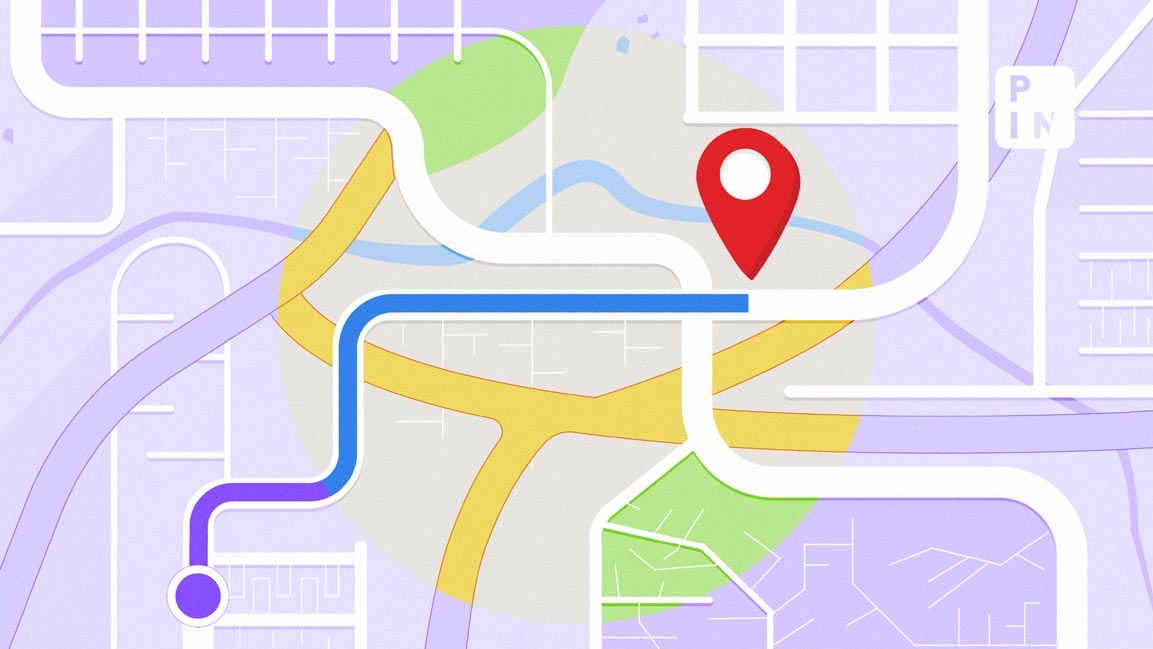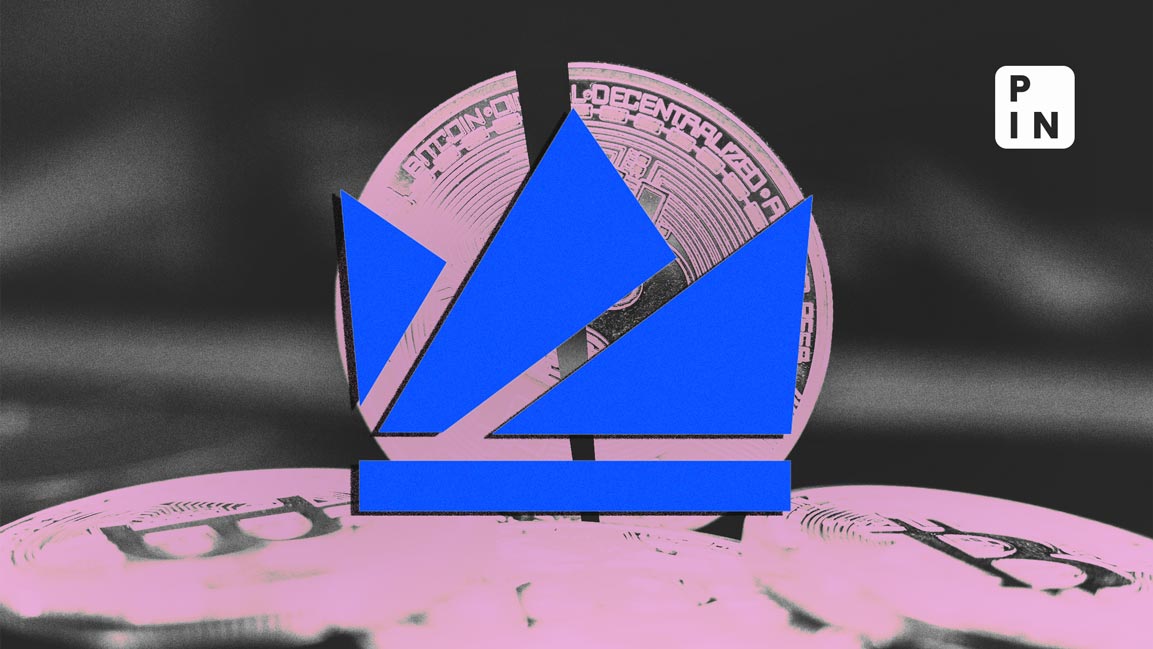- | 4:41 pm
Use of AI in workplaces has doubled in the last 6 months, Microsoft and LinkedIn report shows
Just like the internet and personal computers before it, widespread adoption is key to unlocking AI's true potential

The use of generative AI has doubled in workplaces, in the past six months, according to a new report.
As over 75% of global knowledge workers embraced the technology, the 2024 Work Trend Index Annual Report from Microsoft and LinkedIn stated that 78% of AI users who were overwhelmed by workload were even bringing their own AI tools to the table.
Despite having acknowledged AI’s critical role in business success, many leaders lacked a clear plan to transition from individual use to company-wide impact.
The pressure to demonstrate immediate financial returns has caused paralysis, even as AI’s inevitability looms, the report stated.
Just like the internet and personal computers before it, widespread adoption is key to unlocking AI’s true potential.
“Organizations that apply AI to drive growth, manage costs, and deliver greater value to customers will pull ahead,” the report stated.
The job market, even as job losses are a concern, is also poised for another AI-driven shift. As the bosses are facing a talent shortage for crucial positions, in this evolving landscape, managers reported that AI aptitude could be as valuable as experience for future hires.
According to Constance Noonan Hadley, an organizational psychologist, companies have been renegotiating the psychological contract which explains the ‘why’ of work with their employees, over the past few decades.
“Now companies must renegotiate the ‘operational contract’—the how of work—with their employees as AI puts more power into the hands of workers in terms of the way the job gets done,” said Hadley.
And AI is working: users reported increased time savings, focus, creativity, and even enjoyment. Top users, according to the report, even saved 8 hours of meetings in March with the technology.
As workloads surged, and 68% struggled to keep up and 46% felt burnt out, information overload became a stark reality. According to the report, 85% of emails were skimmed in seconds, and for every email sent, there were 4 already in the inboxes. Meetings and late nights persisted, and communication dominated the workday – 60% of Microsoft 365 usage was spent on emails and meetings, leaving just 40% for creative tasks.
Michael Platt, neuroscientist and professor at the University of Pennsylvania shared that these findings aligned perfectly with how our brains managed the trade-offs between routing task execution and innovation.
“Different kinds of thinking are supported by two distinct but interacting neural networks in the brain. When we’re constantly switching, we don’t work as well. AI can help liberate workers from menial work and enable innovation and creativity to flourish,” said Platt.













